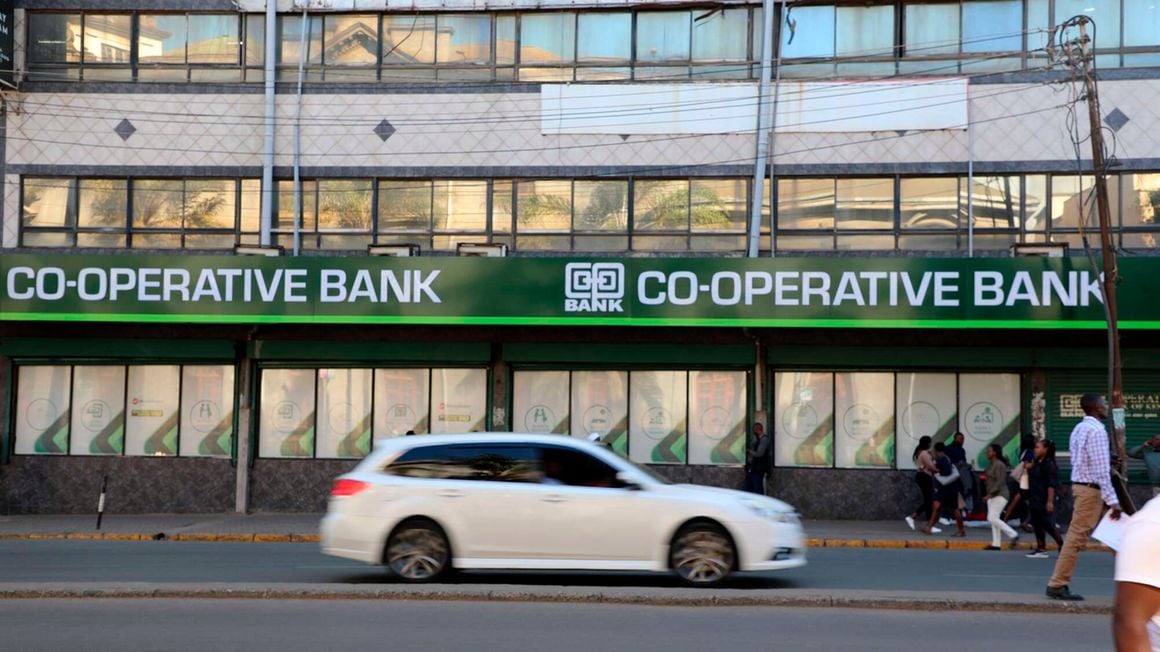The Co-operative Bank of Kenya has raised a total of $100 million (Sh12.6 billion) in long-term debt from global institutional investors led by the German fund DEG.
The subordinated loan was channeled through the European Financing Partners –a joint venture between the European Investment Bank (EIB) and several European funds— and will help Co-op Bank shore up its capital base.
This was disclosed by Norwegian fund Norfund, one of the institutions participating in the financing with a direct credit line of $16 million (Sh2 billion) and another $3.4 million (Sh430 million) through the European Financing Partners.
“The funds will strengthen the bank’s capital base, support lending to MSME and position the bank for future growth. Co-op is the third largest bank in Kenya, 65 per cent owned by local co-operatives and the largest co-operative bank in Africa,” said Norfund on its website.
Kenyan banks have in recent years taken substantial loans from global funds such as the IFC, European Investment Bank (EIB) and Agence Française de Développement (AFD), attracted by relatively more favourable terms of debts including lower interest rates and longer maturity.
By the end of 2021, Co-op Bank’s outstanding long-term borrowings from such institutions as IFC and AFD stood at an equivalent of Sh19.6 billion.
The lender said in its latest available annual report that most of these funds were used to provide credit in areas spanning renewable energy, mortgages and agribusiness.

IFC, the World Bank Group’s private investment arm, is the leading long-term partner for local banks having committed a total of Sh111.7 billion to 31 Kenyan lenders by April 2021.
A disclosure by the IFC showed that Equity was the main beneficiary of this financing having received Sh42 billion from the global financier in the review period.
KCB and Equity, two of the country’s largest lenders, are among banks that have borrowed from international financiers to fund their long-term lending business.
The lenders have complained of a mismatch between long-term loans and deposits that are mostly short-term in nature, exposing a gap that they have chosen to fill with credit from institutions which charge single-digit interest rates.

These long-term loans, which are given in foreign currencies, have single-digit interest rates comprising a global benchmark plus a margin.
A weaker shilling is one of the major risks facing banks borrowing from international markets where the loans are denominated in hard currencies such as the dollar and euro.
With the Shilling weakening against the major currencies, the banks will feel the pain of repaying the loans.
With the corporate bond market remaining shaky, the medium to long-term funds have been critical in helping banks improve their capital adequacy ratios and ability to expand their loan books.







More Stories
Taxpayers Bear the Brunt as Ruto’s Government Continues to Expand
Kenya Unveils 10-Year Irrigation Investment Plan to Boost Food Security and Economic Growth
Optiven Hosts Women’s Health Awareness Training to Mark International Women’s Day